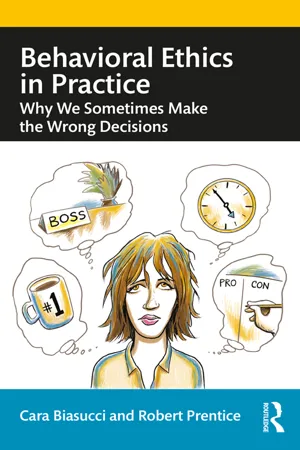
Behavioral Ethics in Practice
Why We Sometimes Make the Wrong Decisions
- 268 pages
- English
- ePUB (mobile friendly)
- Available on iOS & Android
Behavioral Ethics in Practice
Why We Sometimes Make the Wrong Decisions
About this book
This book is an accessible, research-based introduction to behavioral ethics. Often ethics education is incomplete because it ignores how and why people make moral decisions. But using exciting new research from fields such as behavioural psychology, cognitive science, and evolutionary biology, the study of behavioural ethics uncovers the common reasons why good people often screw up.
Scientists have long studied the ways human beings make decisions, but only recently have researchers begun to focus specifically on ethical decision making. Unlike philosophy and religion, which aim to tell people how to think and act about various moral issues, behavioral ethics research reveals the factors that influence how people really make moral decisions. Most people get into ethical trouble for doing obviously wrong things. Aristotle cannot help, but learning about behavioral ethics can. By supplementing traditional approaches to teaching ethics with a clear, detailed, research-based introduction to behavioral ethics, beginners can quickly become familiar with the important elements of this new field. This book includes the bonus of being coordinated with Ethics Unwrapped – a free, online, educational resource featuring award-winning videos and teaching materials on a variety of behavioral ethics (and general ethics) topics.
This book is a useful supplement for virtually every ethics course, and important in any course where incorporating practical ethics in an engaging manner is paramount. The content applies to every discipline –business ethics, journalism, medicine, legal ethics, and others – because its chief subject is the nature of moral decision making. The book is also highly relevant to practitioners across all sectors.
Frequently asked questions
- Essential is ideal for learners and professionals who enjoy exploring a wide range of subjects. Access the Essential Library with 800,000+ trusted titles and best-sellers across business, personal growth, and the humanities. Includes unlimited reading time and Standard Read Aloud voice.
- Complete: Perfect for advanced learners and researchers needing full, unrestricted access. Unlock 1.4M+ books across hundreds of subjects, including academic and specialized titles. The Complete Plan also includes advanced features like Premium Read Aloud and Research Assistant.
Please note we cannot support devices running on iOS 13 and Android 7 or earlier. Learn more about using the app.
Information
PART I
Why it’s hard to be the kind of person your dog thinks you are

Introduction
Behavioral ethics
- Social and Organizational Pressures (External Pressures)
- Psychological Biases and Mental Shortcuts (Internal Biases)
- Situational Factors (Circumstances)
Behavioral ethics in practice: why we sometimes make the wrong decisions
ETHICS UNWRAPPED RESOURCES
Videos

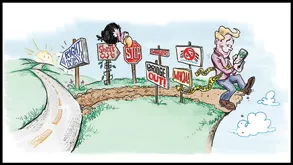

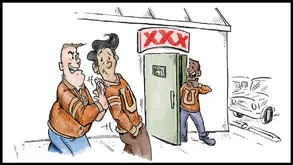
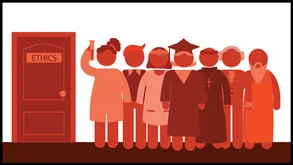
Case Studies
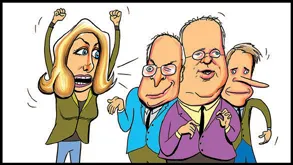

1
MAKING MORAL JUDGMENTS
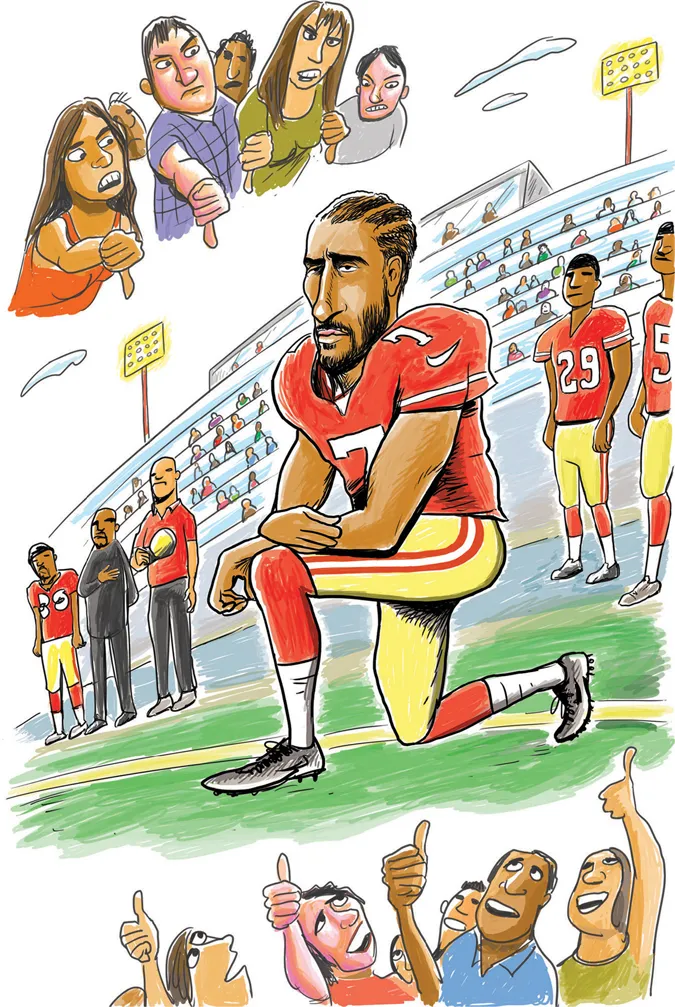
Introduction
Table of contents
- Cover
- Half Title
- Title Page
- Copyright Page
- Original Title Page
- Contents
- Introduction
- Part I Why it’s hard to be the kind of person your dog thinks you are
- Part II How to improve your chances of living a life you can be proud of
- Notes
- Index